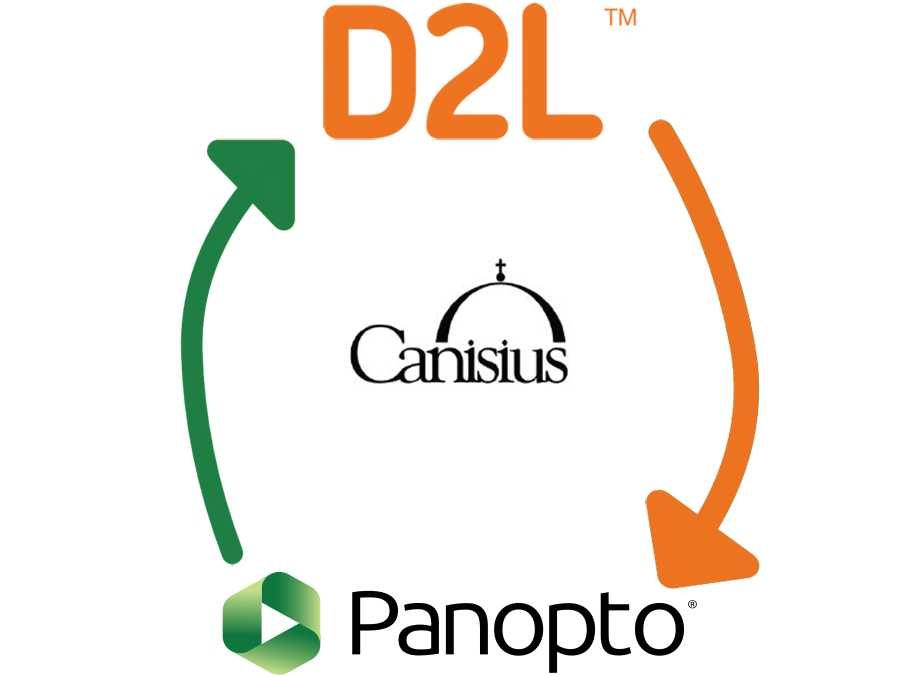Occasionally faculty record class sessions as video. For example, this may be done in classrooms or in a Zoom web conference. In either case, there are important legal guidelines we must follow, depending on whether or not students appear within the video recording. These are in accordance with the Family Educational Rights and Privacy Act (FERPA), which protects the privacy of our students and records concerning their education.
- If you record your class, but only you (or your name) appear in the video (along, perhaps, with slides, photographs of your lecture subject, and so on), you are safe to share that video on the web in any arrangement: public, via a hidden link, and so on.
- If you record your class, and any (or all) of your students appear in the video as images or names, then you may only share the video securely with enrolled members of that class. (An exception would be if you had your students’ written consent to share the video with anyone not enrolled in the class.)
The second point is most important: if an identifier for any of your enrolled students appears in the video, that video is considered an educational record, and therefore must not be shared with anyone outside the class without your students’ express written consent. On the other hand, you can share a video of a class, even if students’ image or names appear in the video, with (only) enrolled members of that class without obtaining members’ consent.
Sharing any video with your class securely is easy to do via Panopto. You can add videos to Panopto within any D2L course space. When you do Panopto consults the D2L classlist, and allows only those enrolled in the class to access the video (and no one else.)

